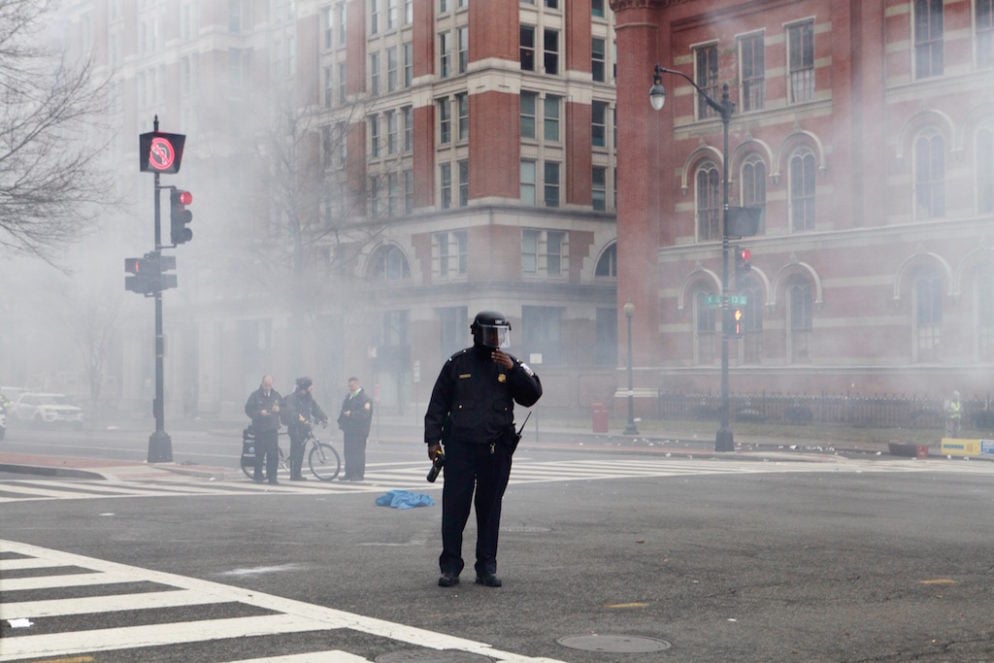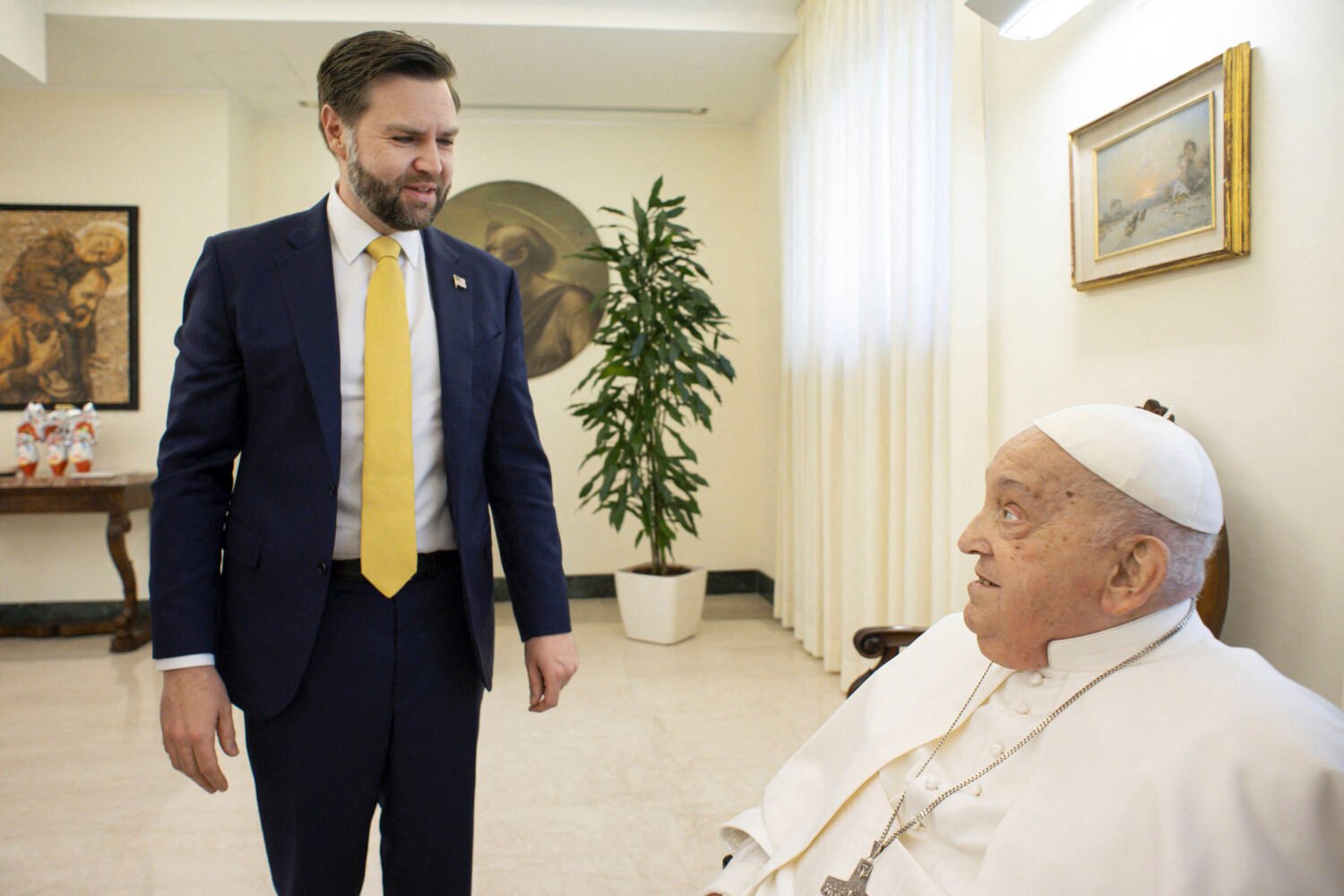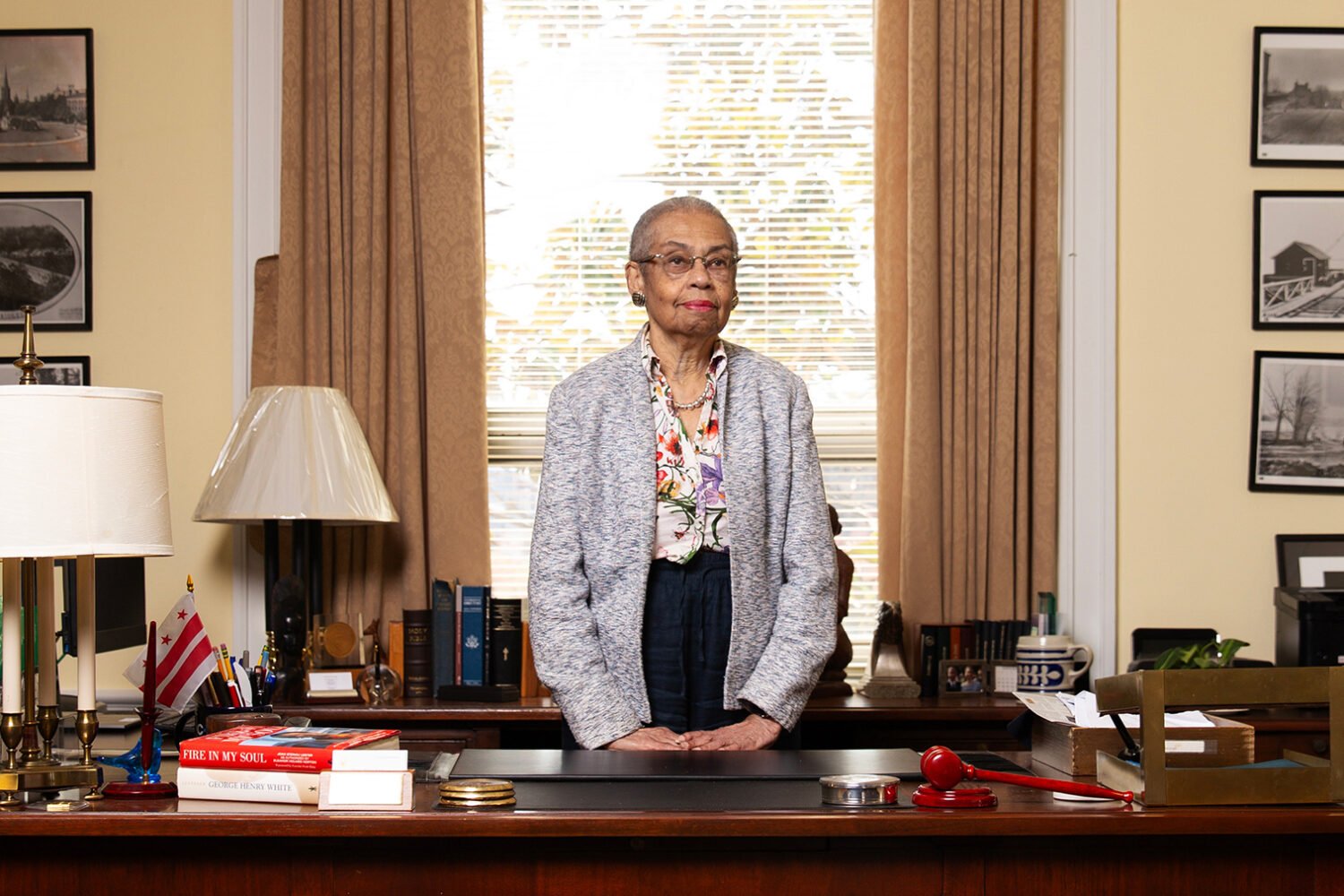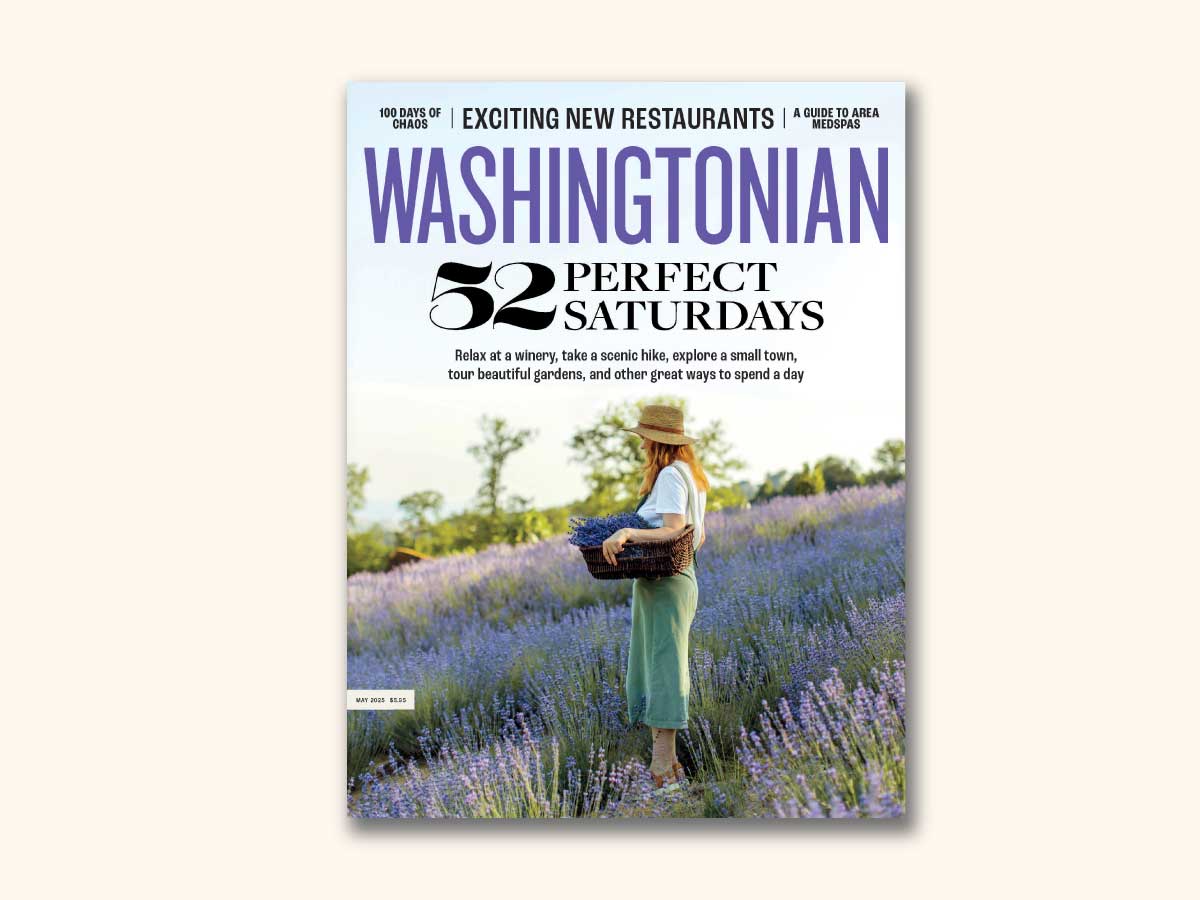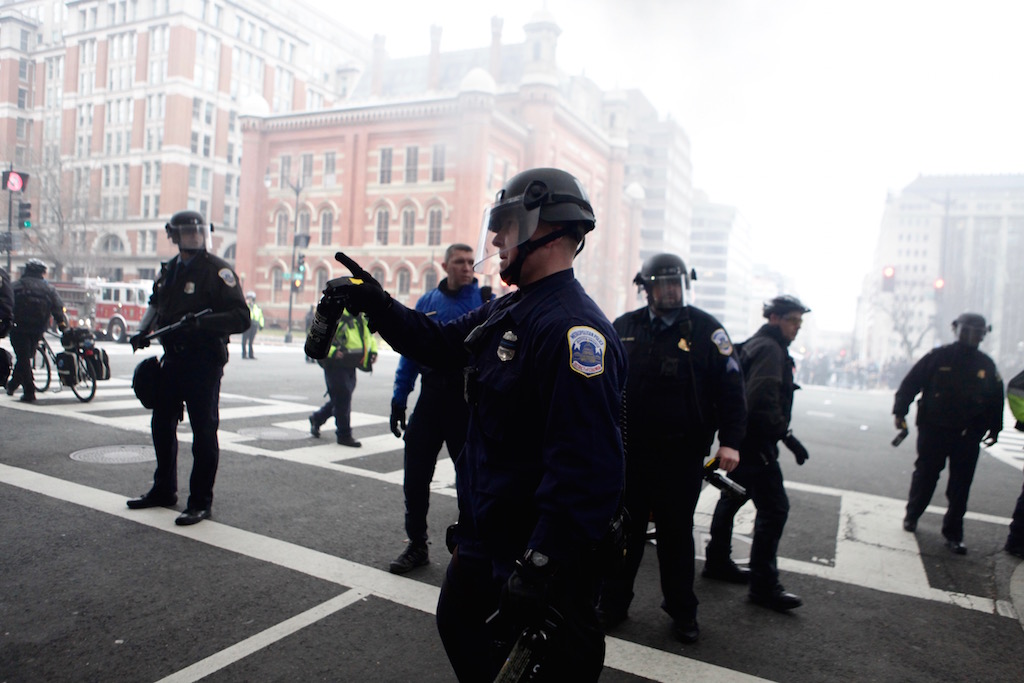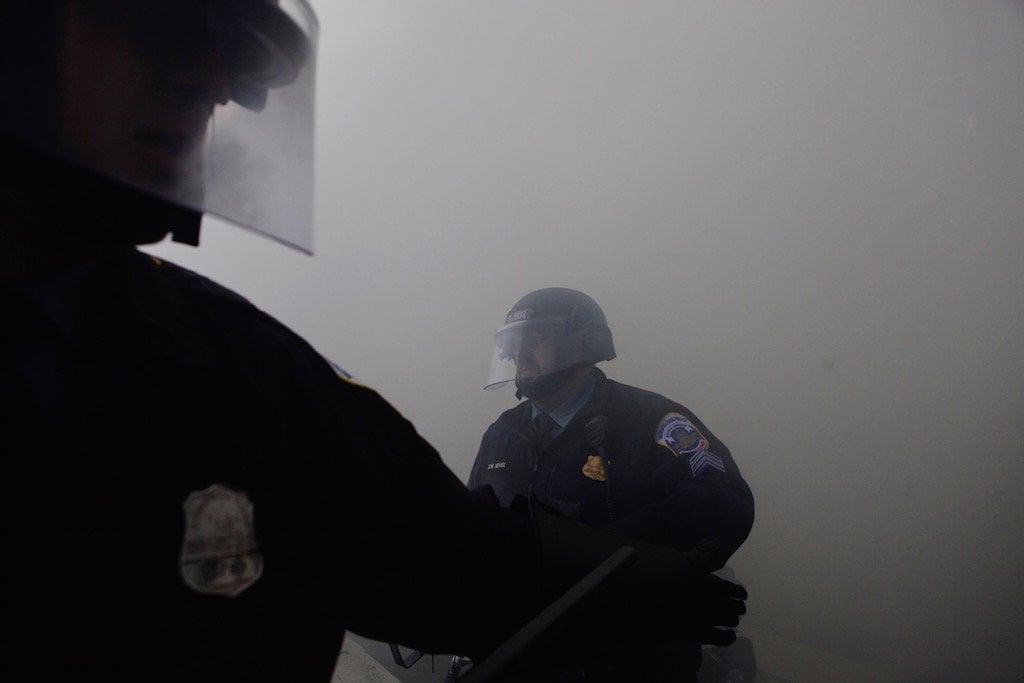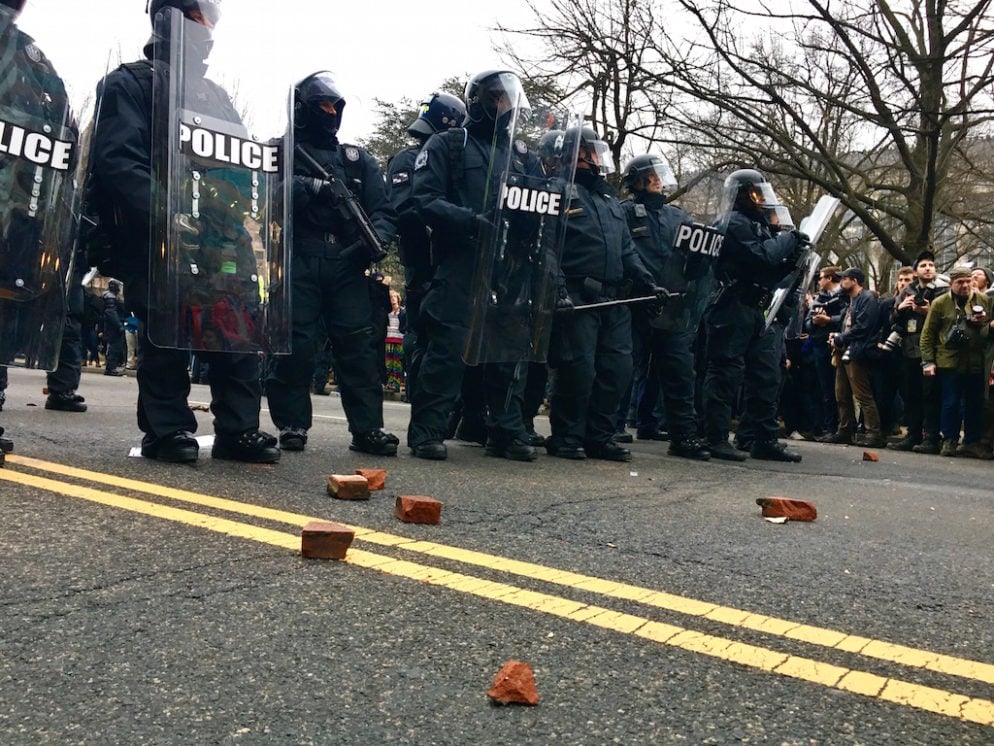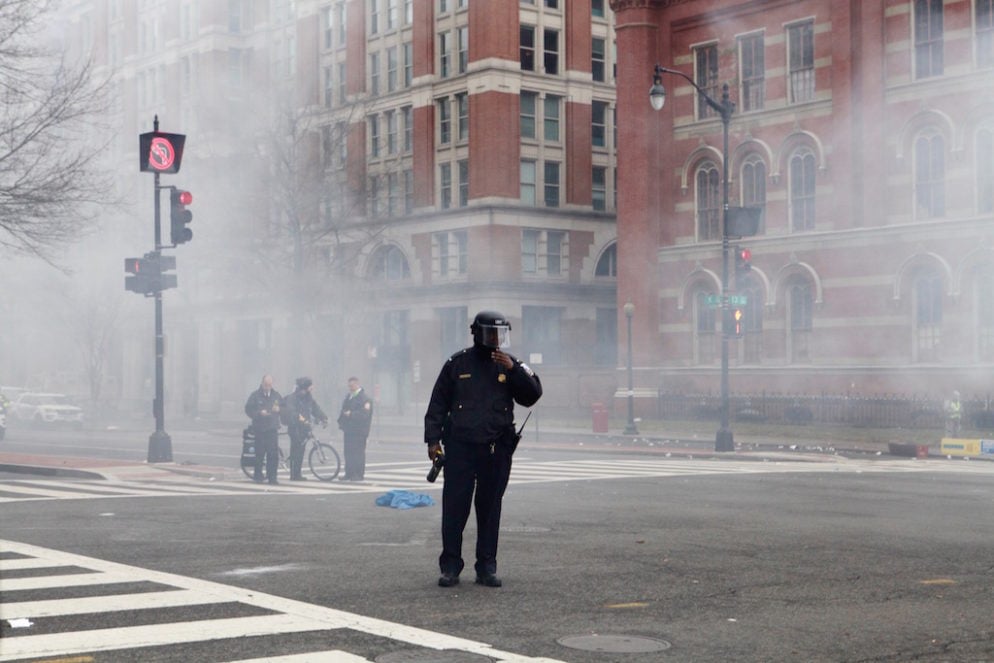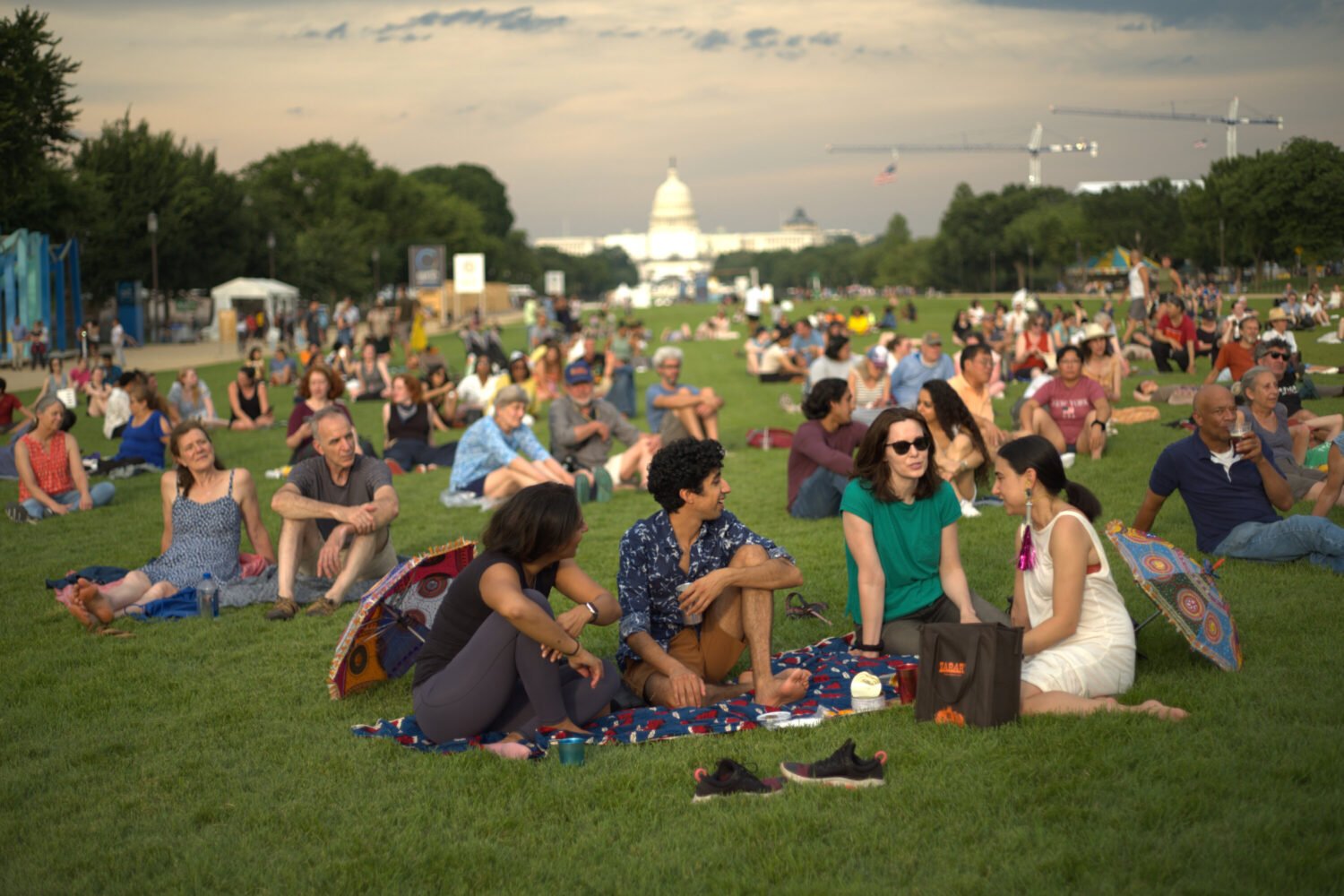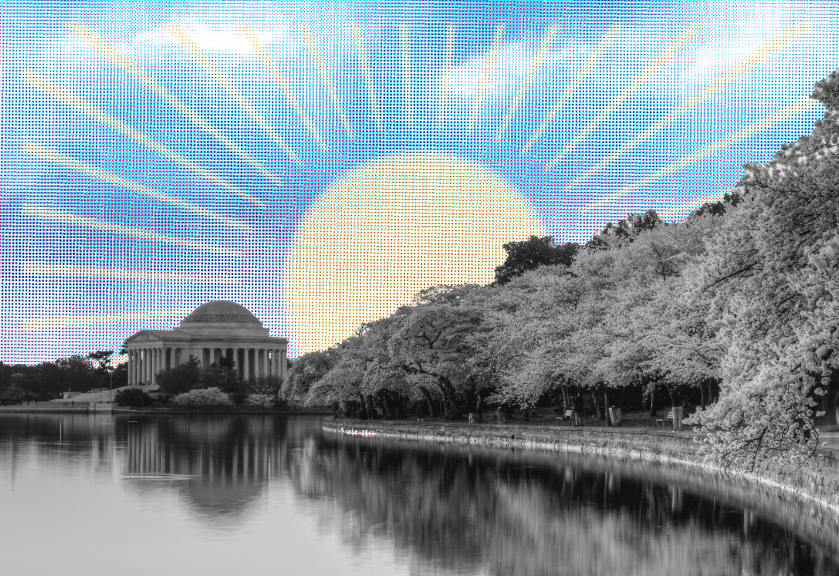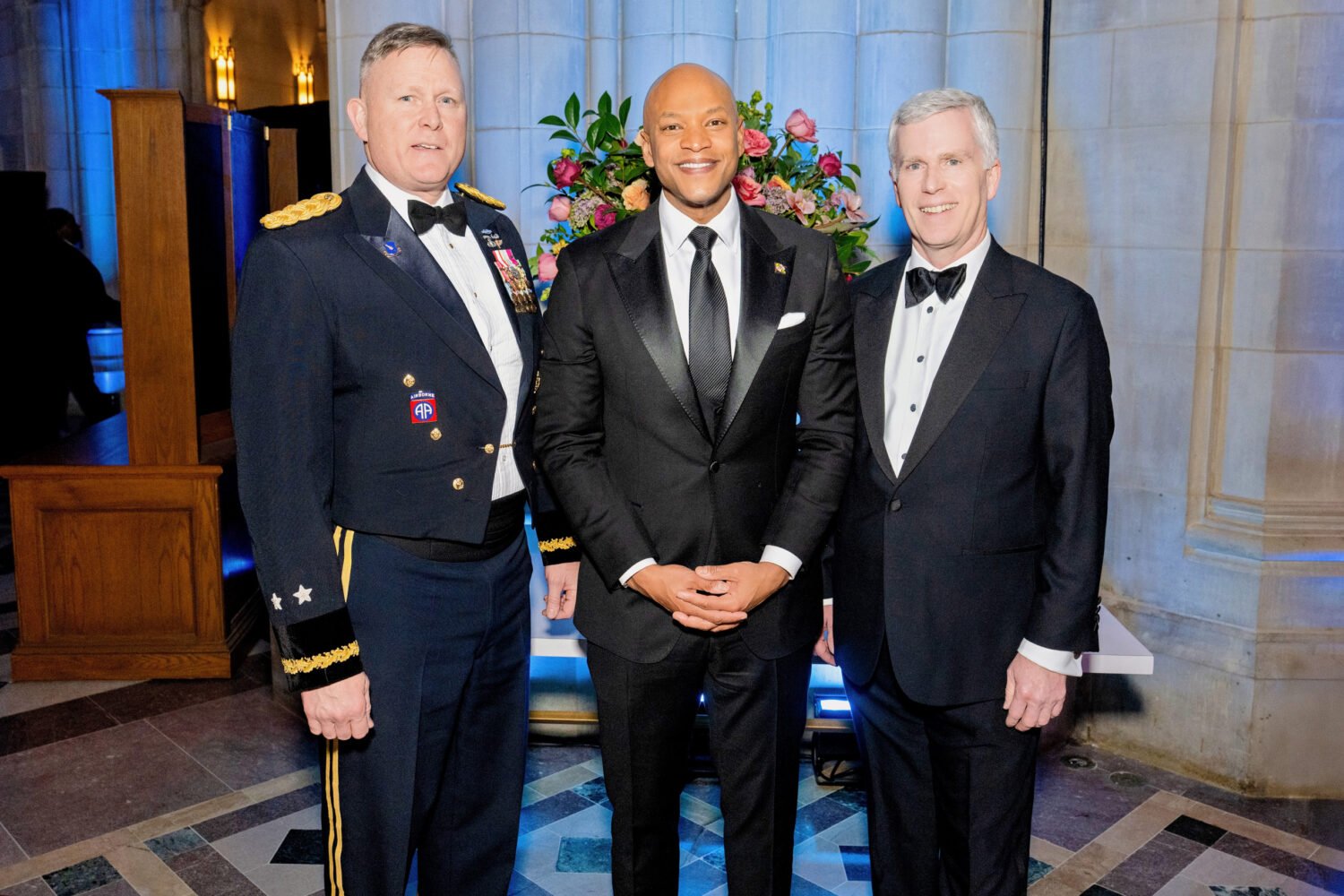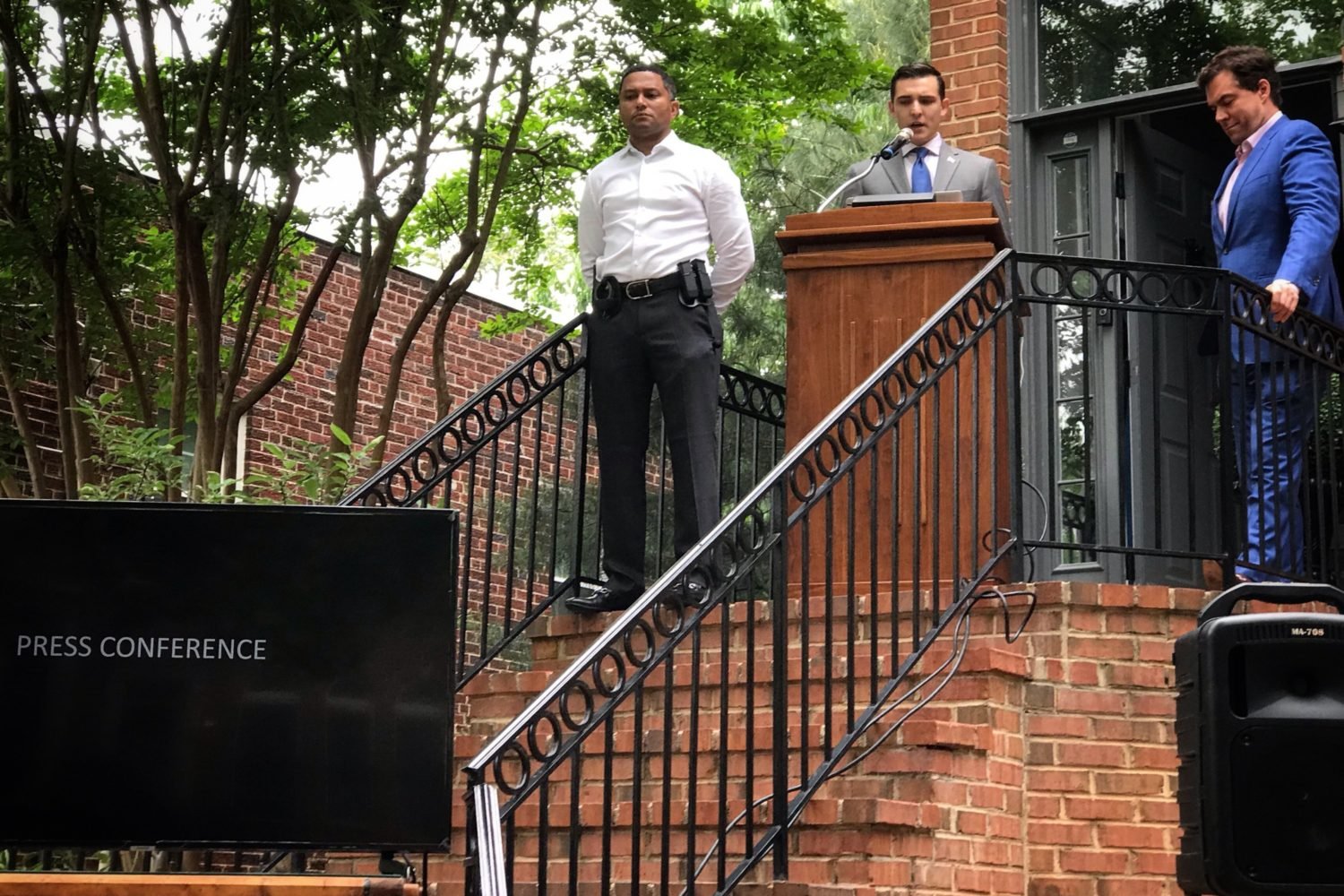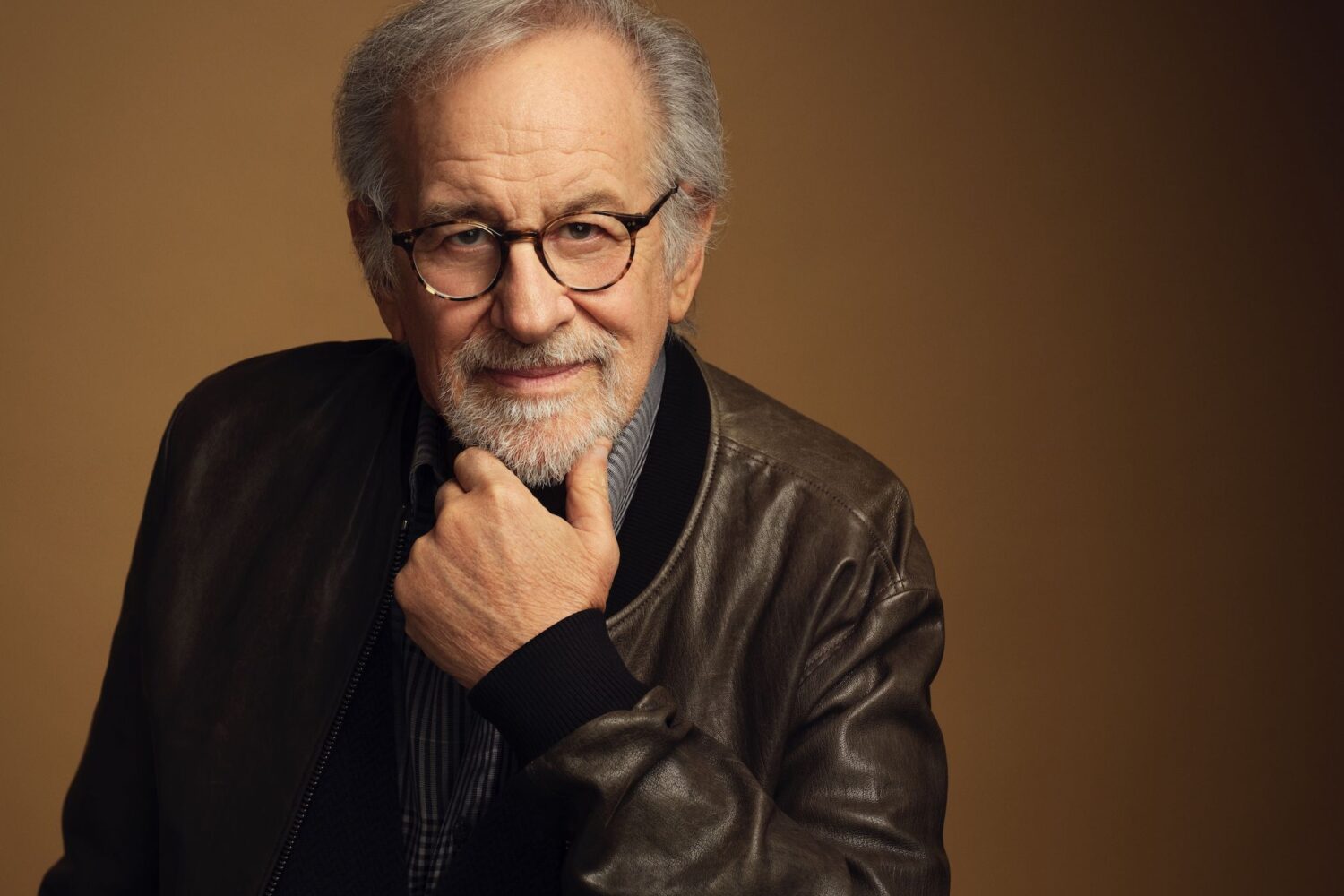The chaotic sounds of sirens and shouting filled the courtroom.
“That is the sound of a riot,” Assistant US Attorney Jennifer Kerkhoff told a jury in DC as she turned off the recording and began her closing argument rebuttal in the first felony case against Inauguration protesters, who face up to a half-century behind bars for destruction downtown on January 20, 2017. The jury began deliberating on Friday afternoon.
Much of the government’s evidence in the month-long trial was video of the antifascist, anticapitalist demonstration, which began that morning in Logan Circle as participants marked towards Franklin Square. Jurors saw clip after clip of individuals clad in black smashing windows and tagging cars with graffiti. Prosecutors have deemed it a “violent riot” that caused more than $100,000 in damages.
Prosecutors never made the argument that the six defendants on trial—Oliver Harris, Jennifer Armento, Britne Lawson, Michelle Macchio, Alexei Wood, and Christina Simmons—actually broke the windows or otherwise destroyed property.
Instead, their five felony counts of property destruction stem from the government’s theory that they “provide cover for the ‘sea of black’ and those committing destruction,” in the words of Assistant US Attorney Rizwan Qureshi during closing arguments. They also face misdemeanor charges of rioting and conspiracy to riot.
Qureshi explained the events with the metaphor of a bank robbery: the defendants may not have been the “muscle,” but the group was the “getaway car” that allowed the people who did wreak havoc to avoid getting caught.
By wearing all black, by marching together, by chanting things like “Whose streets? Our streets,” the government argued, the defendants conspired together.
Defense attorneys say this amounts to criminalizing the First Amendment. “This is about our freedom to associate with each other,” said Steven McCool, Harris’ attorney and a former prosecutor, during closing arguments. “At most, you saw Mr. Harris protest Donald Trump.”
And while prosecutors argue that Harris and the other defendants had every chance to leave once the protest took a turn, amounting to “intentional conduct to remain with the group,” McCool said that “the First Amendment and the laws of DC say he gets to stay.”
Carrie Weletz, Armento’s defense attorney, added that her client wasn’t free to leave, because police herded protesters with the help of pepper spray.
All of these six defendants were arrested at 12th and L streets NW, where police encircled a large group of protesters in a “kettle” formation and spent the better part of a day processing 230 of them for arrest in the cold. Police also used nonlethal weapons like pepper spray and sting balls against the people in the kettle, and more broadly that day.
DC police and the city are facing lawsuits from the likes of the ACLU of DC for their conduct that day, including unconstitutional arrests and excessive force. The Office of Police Complaints released a report that called for an independent investigation into DC police conduct that day.
Defense attorneys hammered Commander Keith Deville, the commanding officer that day, over not giving a dispersal order to protesters before police encircled them, as DC police standard operating procedure calls for, to show jurors that he was biased.
McCool said that police “didn’t distinguish between lawbreakers and protesters. Why? Because it’s easier to do.”
But Kerkhoff called the defendants “entitled and privileged” for seeking a dispersal order “after you break window after window.”
The government’s key witness was Detective Gregg Pemberton, who has spent the last year reviewing video and building the government’s case. Defense attorneys used their cross-examination to point out tweets he sent out and liked that were critical of activists and movements like Black Lives Matter.
As prosecutors made their case over the course of several weeks, spectators filled the courtroom. Many were supporters of the defendants or future defendants themselves—188 people besides these six face charges over the course of the next year—taking notes and observing the proceedings.
Weletz added to the government’s bank robbery metaphor, noting that Qureshi is “missing the patsy, the person who takes the fall.” She said that, in this case, Armento is a patsy, and the government is “grasping at straws to find some reason why she’s sitting at that table.”
The evidence shows that two of the defendants, Lawson and Macchio, were street medics there to dispense first aid. However, prosecutors are using their supplies against them. The gauze found in Lawson’s fanny pack shows she “prepared for war,” in Qureshi’s words.
The case of defendant Alexei Wood, a photojournalist on trial for rioting, has perhaps gotten the most attention. Wood livestreamed the entire demonstration, and the government has used his footage as evidence in the trial. When edited together, as it was during closing arguments, it shows Wood enthusiastically narrating the events at hand.
At the time of the arrest, Wood had a press pass with his photo and the name “John Osburn,” which was never fully explained at trial. Qureshi also told the jury that it was odd for a journalist to know phrases like “kettling” and “black bloc,” which are familiar terms for people who cover protests.
Wood’s lawyer, Brett Cohen, instead pointed to emails Wood sent to different outlets offering to cover the inauguration for them, and noting that he had no connection to the event’s organizers but instead came to DC from San Antonio for a “newsworthy event.”
“What he says on [the livestream] you probably disagree with,” said Cohen in his closing argument. But, “it’s all innocent, Constitutionally-protected behavior.”
The government disagreed. “You don’t get to use [the First Amendment] as a mask for your criminal plans,” said Kerkhoff. “You can be a journalist and you can riot. You can be a medic and you can riot.”
Jaimie Heine, who represented Macchio, presented a video during her closing argument that mirrored the government’s. The only difference? It only showed people at the demonstration walking with signs and chanting. “The government edited out the First Amendment,” she said.
“Mere presence is not enough” to convict her client of rioting, said Heine. “Walking is not enough. Wearing black is not enough. Being antifascist is not enough.”
Now, a jury will decide.

